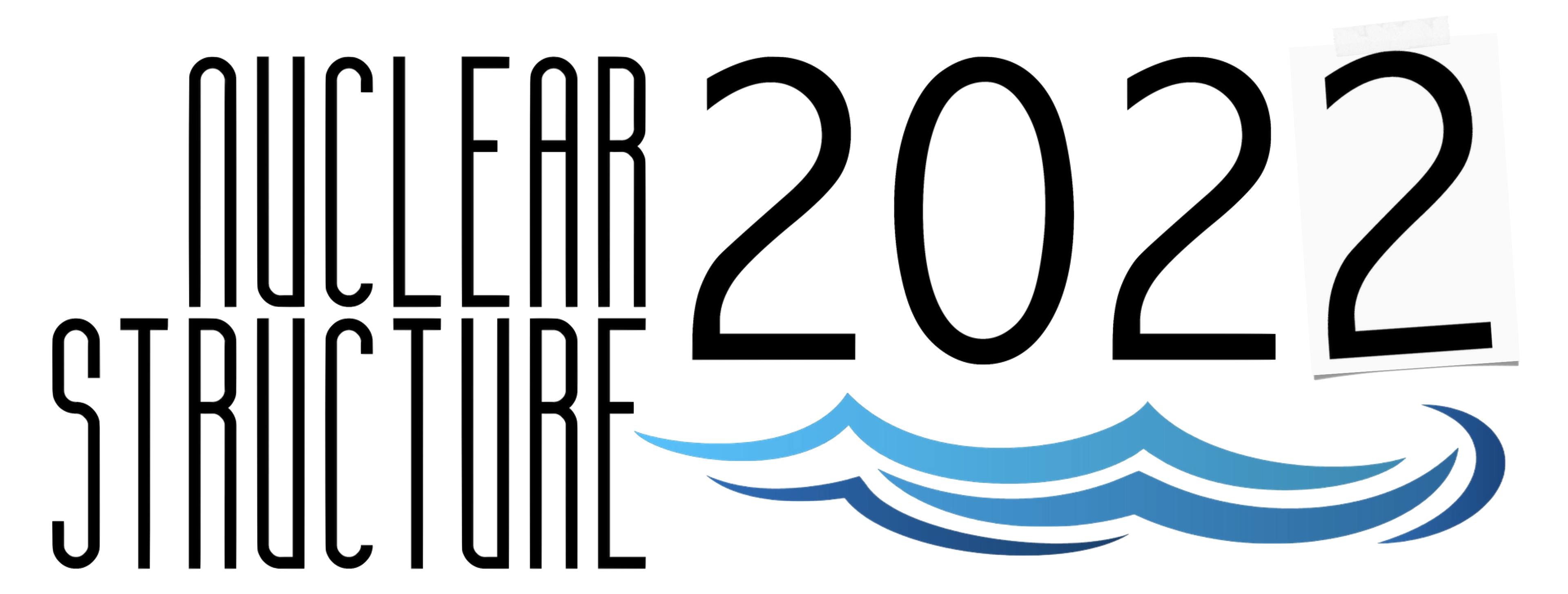Speaker
Description
Shape coexistence occurs when the potential energy of the nucleus is characterized by local minima for different shapes. Excited states in the secondary minimum may become a isomeric if the potential barrier separating the secondary minimum from the ground-state minimum is sufficiently pronounced. The first examples of such shape isomers were observed in the 1960s, as fission isomers in the actinides. They are located in a secondary minimum at very large deformation and excitation energies of several MeV. Fission is the predominant decay mode due to a strong potential barrier for gamma decay to the ground state.
In even-even nuclei, shape isomers occur as an excited 0$^+$ state residing in a secondary minimum as a false ground state. If located at high excitation energy (above 1-2 MeV) these states will usually not show up as long-lived states, although their reduced decay strength may still be considerably reduced. First excited 0$^+$ states at low energy (below $\sim$1 MeV) are very rare, and only known in a handful of stable nuclei. Research has been going on for several decades to find other examples in exotic nuclei far from nuclear stability.
In my presentation I will concentrate on the research of such low-lying shape isomers, with an emphasis on even-even mass nuclei, where the particularity of 0$^+$ $\rightarrow$ 0$^+$ E0 transitions to the nuclear ground state can be exploited. I will present first results from an experiment at the Experimental Storage Ring (ESR) at GSI to search for the nuclear two-photon decay of such isomers in swift fully-stripped heavy ions.

